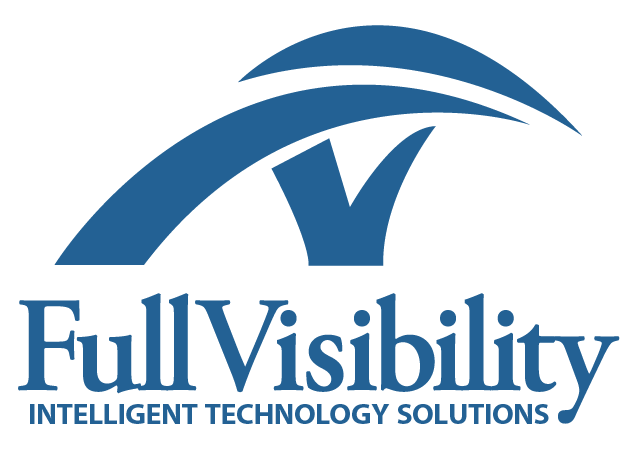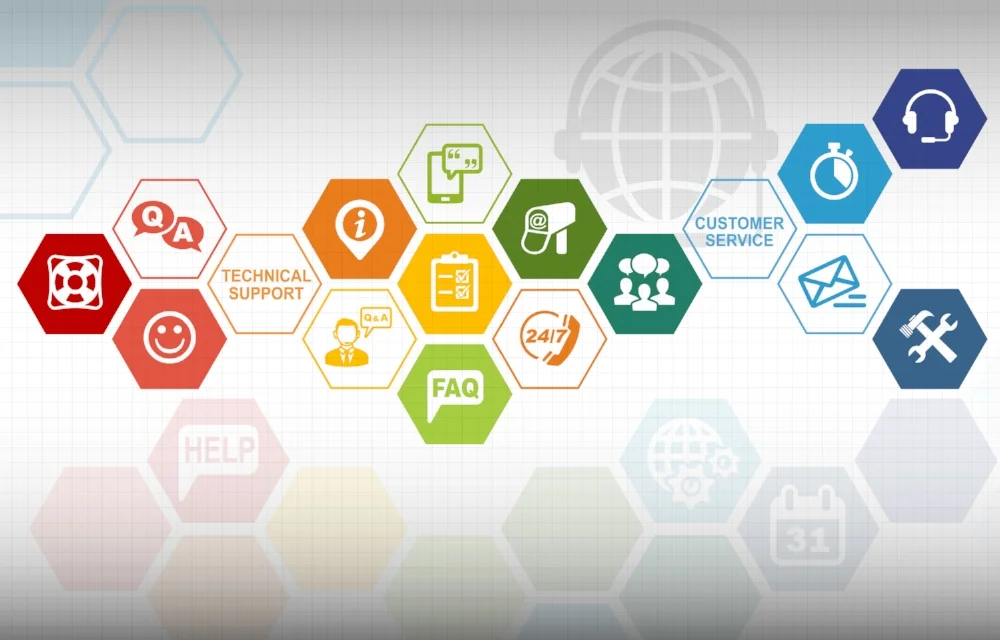The page won’t load, the app keeps quitting and the login just doesn’t seem to work – in our fast-paced multimedia world, technical difficulties are inescapable. While it is nearly impossible to prevent potential issues with our technology tools and systems, it is possible to design the right IT support solution based on your organization’s needs. Well-functioning Help Desks and Service Desks both play a role in solving these technical challenges. While there’s a lot of discussion on what makes each one distinct or separate, and when or how to deploy the right one - it’s becoming increasingly clear that as technology continues to evolve and our challenges all the more complex, the more helpful discussion might be how the two intersect for a more optimal solution.
Help Desks
The help desk, quite simply, is the department you call when unexpected issues within the IT infrastructure need to be fixed as soon as possible. If a problem occurs, staff members search, identify and resolve. To do so, the help desk distinguishes itself with its close connection to the end-user, who is dependent on its reachability and reactivity. Therefore, the help desk facilitates the daily functionality for staff and end-users, often with short-term solutions - its core characteristic being prompt efficiency.
Service Desks
The service desk, focuses on the big picture with longer-term solutions, new developments and provides a coordinated strategic approach to IT Service Management. While it can fulfill all tasks a help desk can, it works on delivering a wide variety of IT services, formalizing daily processes and new elements with service catalogs as well as operating as a single Point of Contact for external and internal communication. The service desk works across the entire organization - its overall goal being to optimize all IT and business processes, including the help desk.
Functional Differences
The help desk typically uses a ticket escalation process to solve issues. That is – if a request comes in, and the initial support staff cannot properly address a trouble ticket, they generally escalate that trouble ticket to the next tier of support, who then works with the user directly.
The service desk works a bit differently. For end users, they are the go-between, the advocate, the watchdogs. It serves as a unified voice for all users, with an understanding of the overall information technology infrastructure of the organization. Think of them as a team of super-users.
This happens not just through mere organization, but smart business process. The service desk methodically tracks problems and the work done by other teams. They follow up appropriately to be sure that the end user is taken care of.
An Integrated Solution
Our IT support solution does everything a traditional help desk does. We train users. We reset passwords. We offer guidance and assistance on using applications. We assist with data imports and exports. We are the triage unit of the IT organization.
Quite often, we go beyond the once-considered “typical help desk” functions described above. When users report problems; we test them out. We come up with solutions to improve applications in response to end-users needs. We interface with the developers as experts on behalf of users. We image hard drives, configure switches and similar equipment. We stand at the crossroads of technology and users - helping everyone navigate through as efficiently as possible.
ABOUT THE AUTHOR
James Keiter is an ITIL® certified Tech Support Specialist within the FBI's Operational Technology Division (OTD) in Quantico, VA. In his role, James works closely with end-users to resolve technical issues and ensure continuity of IT service operations. As a former US Army service member, he moved through the ranks while managing various IT support roles.
“I’ve always found myself doing something to assist in protecting our country and love doing it!”

